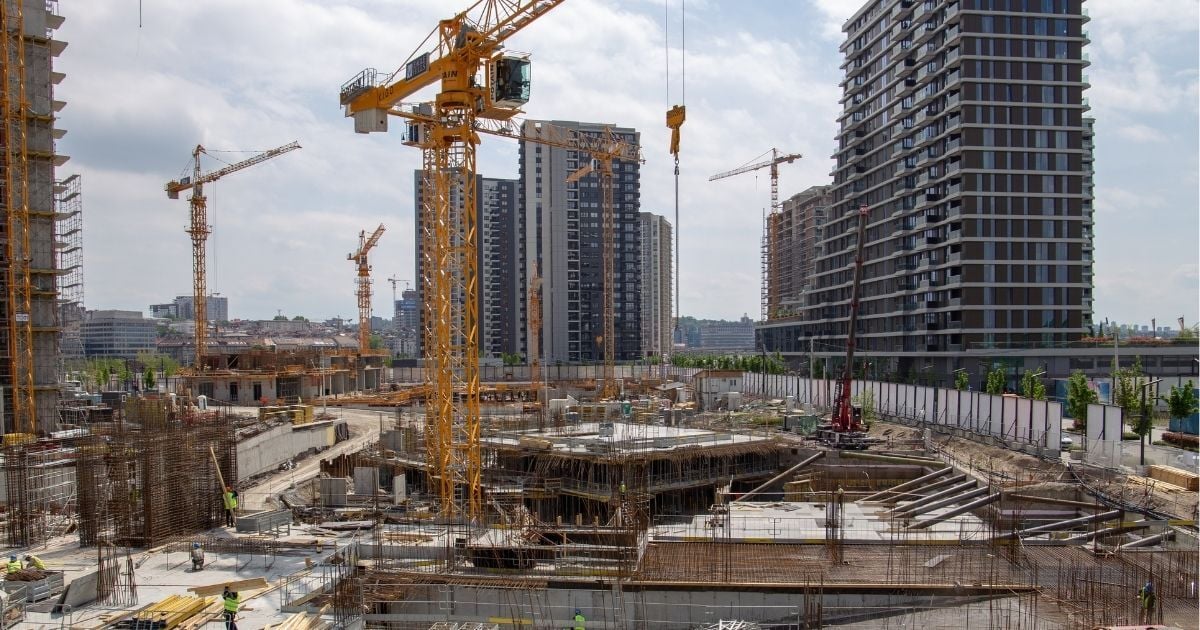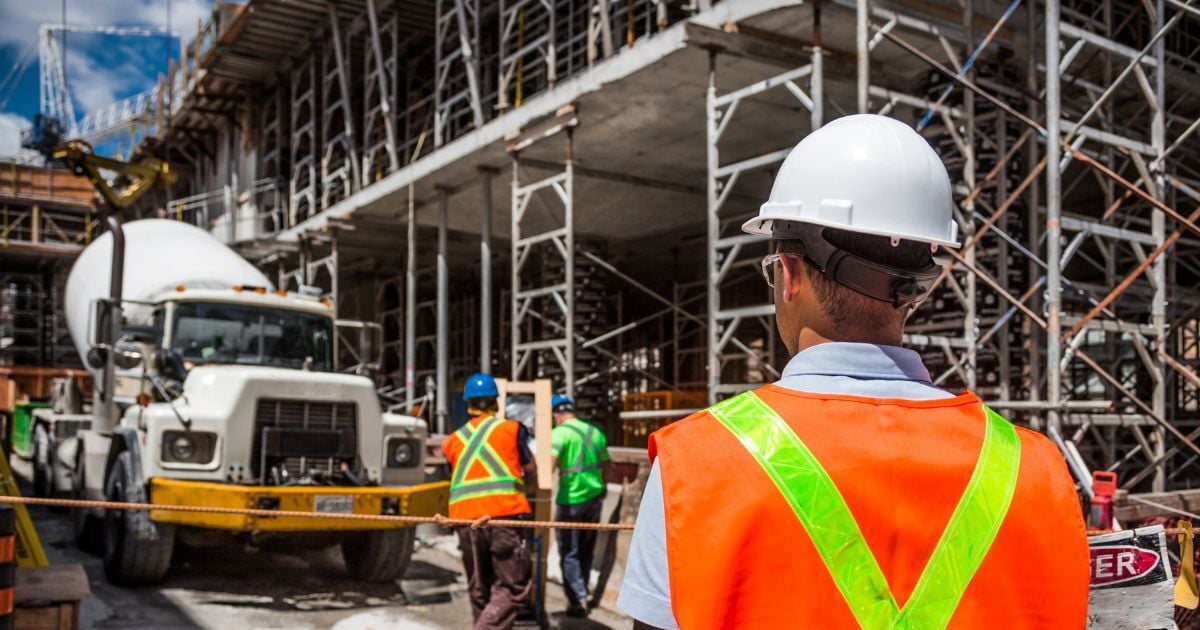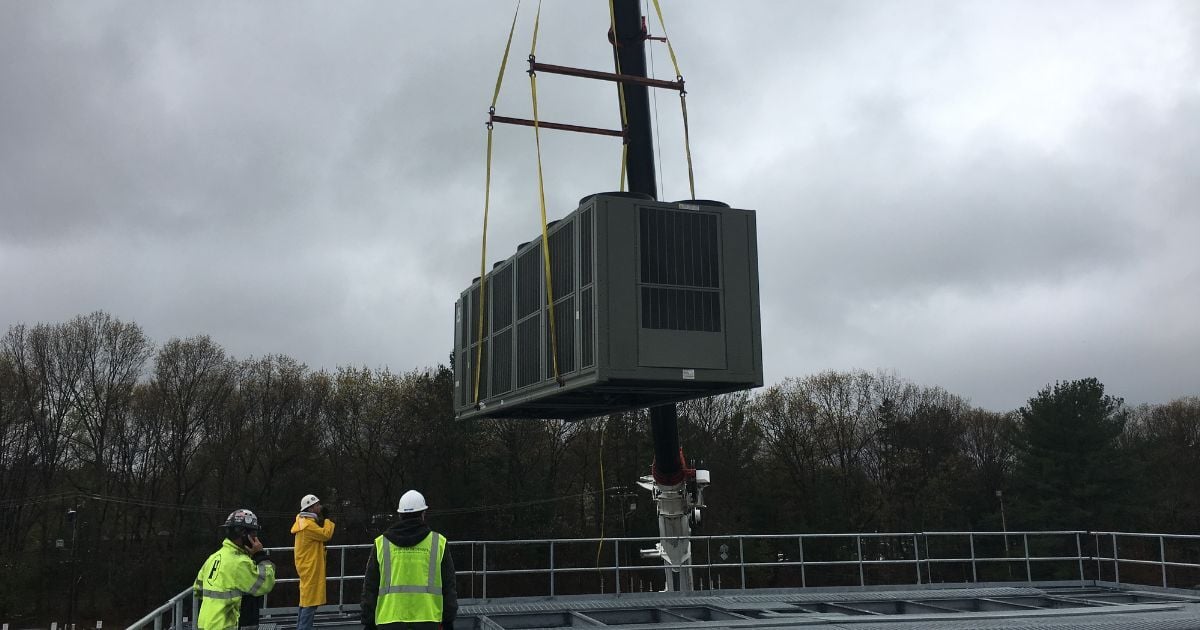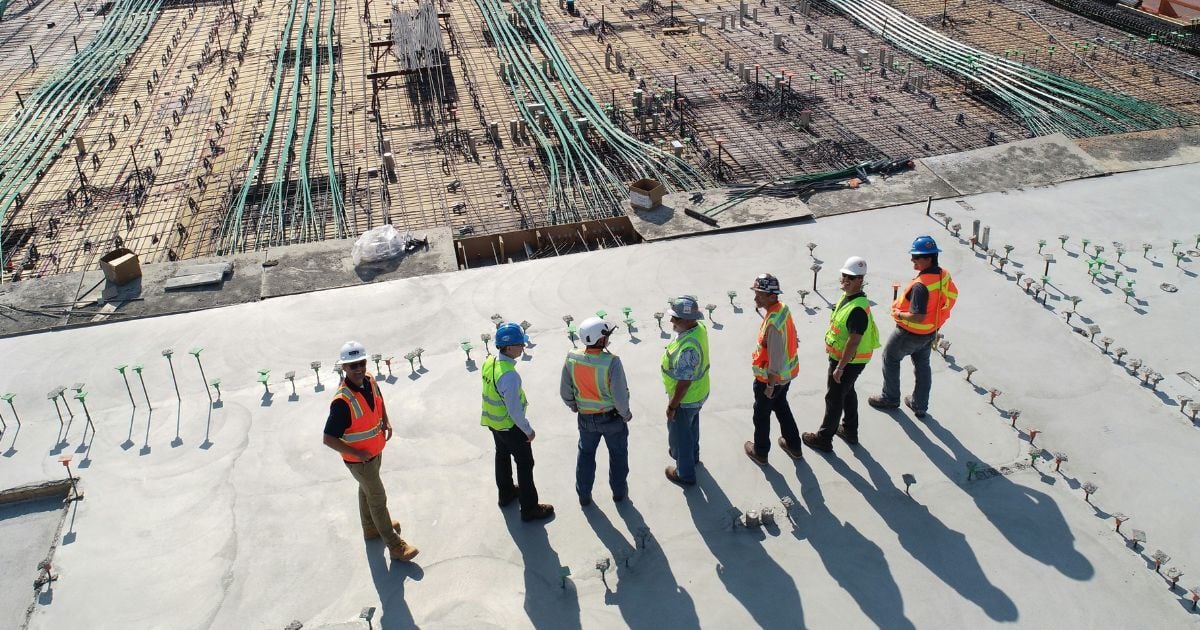What Project Managers Should Know About Today’s Labor Market
July 16th, 2025
4 min read

If you’re a project manager in commercial construction, you already know the skilled labor shortage isn’t just slowing things down—it’s threatening your budget, schedule, and success. Crews are stretched thin, delays are compounding, and you’re left managing chaos that wasn’t in the plans.
At Harold Brothers, we’ve supported hundreds of complex commercial builds across Massachusetts and New England. With over 250 full-time, highly trained technicians, we’ve seen firsthand how labor challenges can derail even the best-laid plans—and how the right strategy can prevent that from happening.
In this article, you’ll learn how today’s labor shortage impacts construction projects, what red flags to watch for, and how early manpower planning can keep your schedule—and sanity—intact.
Labor Shortages Are Impacting Project Schedules Everywhere
Over the past few years, the construction industry has seen a major shift. While demand for new buildings has stayed strong, the number of trained workers hasn’t kept up. Skilled tradespeople are retiring faster than they’re being replaced, and younger workers are entering the field more slowly.
This gap is creating problems across the board:
- Mobilization delays – It can take weeks longer than expected for crews to show up and get going.
- Quality and safety concerns – Overworked teams can make more mistakes or cut corners just to stay on schedule.
- Compounded delays – When one trade falls behind, everyone else is pushed back. Mechanical trades like HVAC and plumbing often get hit hardest in the final phases.
This isn’t just happening on huge, multi-million-dollar jobs. It’s happening on schools, healthcare facilities, retail projects—everywhere. And it’s forcing project managers to rethink how and when they plan for labor.
Why Labor Planning Should Start in Preconstruction
Most project managers start thinking about staffing after subcontractors are awarded. But in today’s labor market, that might be too late.
You should begin labor conversations during the preconstruction phase—when you’re reviewing bids and finalizing scopes. Why? Because if a subcontractor can’t promise enough manpower to meet your schedule, you need to know before you commit to them.
Here are a few smart questions to ask early:
- “How many crews can you realistically dedicate to this job?”
- “Are you planning to use overtime, travelers, or apprentices to meet your labor needs?”
- “Do you have any other major projects running at the same time that might pull resources away?”
Asking these questions early helps uncover potential problems before they affect your timeline. It also shows subcontractors that you’re thinking ahead and expecting them to do the same.
Signs a Subcontractor Has Strong Staffing—and Why It Matters
Not all subcontractors are struggling. Some have done the hard work to build strong, reliable crews, and those are the partners you want on your job.
So, what does strong staffing look like?
- Reliable headcount – The sub can consistently send the number of workers they promised.
- Skilled, experienced technicians – Their team is trained, licensed, and doesn’t need to learn on the job.
- Clear communication – They give honest updates about workforce availability and flag issues before they become delays.
- Retention – They’ve built a workplace where good workers want to stay, which means less turnover and better jobsite performance.
When a subcontractor shows up with a full, experienced team, it’s a win for everyone. The job moves faster, coordination between trades is easier, and the quality of work goes up. It also creates a safer site, because crews aren’t being rushed or overworked.
What Can Project Managers Do?
As a project manager, you can’t control the labor market, but you can adjust your approach to reduce risk.
Here are a few things you can do:
1. Start Labor Discussions Early
Don’t wait until construction starts to ask about manpower. Bring it up during bid reviews and interviews.
2. Build Labor Questions Into Your Sub-Selection Process
Ask about average crew size, backup labor sources, and current workload. Subcontractors who can’t answer these questions clearly may not be ready to take on your project.
3. Request a Manpower Plan
Ask each awarded subcontractor to provide a staffing forecast before mobilization. This helps identify whether the project is likely to be understaffed, and gives you time to adjust.
4. Work With Subs Who Invest in Their Workforce
Subcontractors who train apprentices, offer career growth, and treat employees well are more likely to keep their best people—and send them to your job.
5. Be Flexible, But Firm
Yes, labor is tight. But that doesn’t mean you need to accept poor planning or unkept promises. Be clear about expectations and hold subcontractors accountable for the staffing they commit to.
A Realistic Look at Staffing in Today’s Market
Let’s be honest: in today’s construction world, it’s rare for every trade to show up with a full crew, on time, every time. But there’s a difference between reasonable adjustments and avoidable chaos.
You want subcontractors who:
- Communicate problems early
- Offer real solutions (not just “we’ll figure it out”)
- Have systems in place to manage their labor, even when things get tight
And as a PM, you want to be able to flag problems early, set realistic expectations, and build schedules that match the actual labor available, not the ideal one on paper.
Strong Subcontractors Make Your Job Easier
When a subcontractor is well-staffed and organized, they reduce risk, not add to it. You get:
- Better coordination with other trades
- Fewer change orders and rework
- Higher-quality work that’s done on time
That’s why labor planning isn’t just a hiring conversation—it’s a project strategy. And the best project managers know how to spot a sub that brings more than just bodies to the job—they bring certainty.
Why Early Labor Planning Is No Longer Optional
The skilled labor shortage isn’t going away, but your project doesn’t have to suffer because of it. By planning ahead and working with subcontractors who prioritize workforce development, you reduce delays, improve jobsite safety, and protect your timeline.
Smart project managers are shifting how they think about labor—treating it as a core risk factor to be managed from day one, not a line item to check off later. The good news? You don’t have to do it alone.
At Harold Brothers, we believe that manpower planning starts in preconstruction. Our Design-Build and Design-Assist services allow us to coordinate staffing early, build realistic schedules, and follow through with the people we promise—every time.
Want to avoid the staffing surprises that hold up your project?
Request a quote or explore our Design-Build services to see how Harold Brothers can keep your next job moving smoothly.
John Flaherty is the Senior Director of Business Development at Harold Brothers Mechanical, where he plays a key role in fostering client relationships and driving strategic growth. With nearly two decades of experience holding a real estate license, John brings a deep understanding of business development and market dynamics to his role. Before joining Harold Brothers, John dedicated 15 years to education administration at Boston College High School, where he helped shape institutional advancement efforts. A proud alumnus of BC High, he continues to serve on the school's Alumni Advisory Council, strengthening connections within the community. As a contributing author for Harold Brothers Mechanical, John leverages his diverse professional background to provide insightful articles on industry trends, business strategies, and company developments.
Topics:






